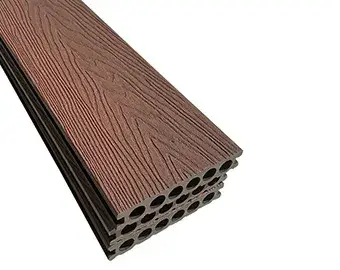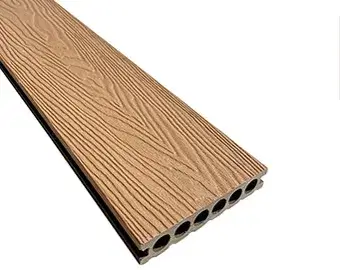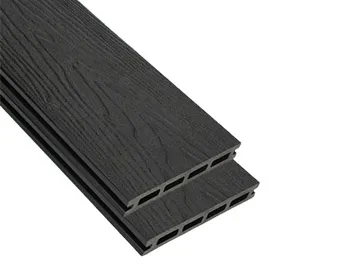Wood Plastic Composite (WPC) decking combines the best of both natural wood and plastic materials to create a durable, low-maintenance decking solution. However, when it comes to the recyclability of WPC decking materials, there are several factors and considerations to take into account.

Recyclability of WPC Decking
WPC decking is made from a blend of wood fibers (or flour) and plastics, which may include polyethylene (PE), polypropylene (PP), polyvinyl chloride (PVC), or other types of recycled plastics. The wood component often comes from by-products of lumber manufacturing, like sawdust and wood chips, making it a sustainable option by utilizing waste materials. The plastic component frequently comes from recycled plastic materials, further contributing to the recycling loop.
The recyclability of WPC decking depends on several factors:
- Composition: The specific ratio and types of wood and plastic used in WPC decking can affect its recyclability. Products with a higher proportion of plastic are often more challenging to recycle due to the difficulty of separating the plastic and wood fibers.
- Additives: WPC decking often contains additives such as colorants, UV stabilizers, and bonding agents to enhance its durability and appearance. These additives can complicate the recycling process, as they need to be separated or compatible with the recycling process.
- Recycling Facilities: The ability to recycle WPC decking also depends on the availability of recycling facilities capable of handling composite materials. Not all recycling centers are equipped to process WPC, as it requires specialized equipment to separate and recycle the composite materials.
Recycling Process
The recycling process for WPC decking typically involves several steps:
- Collection and Sorting: WPC decking materials need to be collected and sorted from other types of waste. This can be challenging, as WPC decking is often used in outdoor settings and may be mixed with other construction materials.
- Size Reduction: The collected WPC materials are then broken down into smaller pieces using grinders or shredders. This step makes it easier to process the materials in the subsequent stages.
- Separation: Depending on the recycling facility, various methods may be used to separate the wood and plastic components. This can include mechanical, chemical, or thermal processes.
- Reprocessing: Once separated, the plastic and wood materials can be reprocessed into new products. The recycled plastic can be used to create new plastic products, while the wood fibers can be used in other composite materials or as biomass fuel.
Challenges and Opportunities
While recycling WPC decking presents challenges, it also offers opportunities for sustainability. Innovations in recycling technologies are making it easier to recycle composite materials, and there is a growing interest in developing circular economy models for WPC products. Manufacturers are also exploring ways to design WPC decking with recyclability in mind, such as using mono-materials or easily separable components.
In summary, while the recyclability of WPC decking materials is complex and faces certain challenges, ongoing advancements in recycling technologies and sustainable manufacturing practices are improving the prospects for recycling WPC decking and contributing to a more sustainable future.



